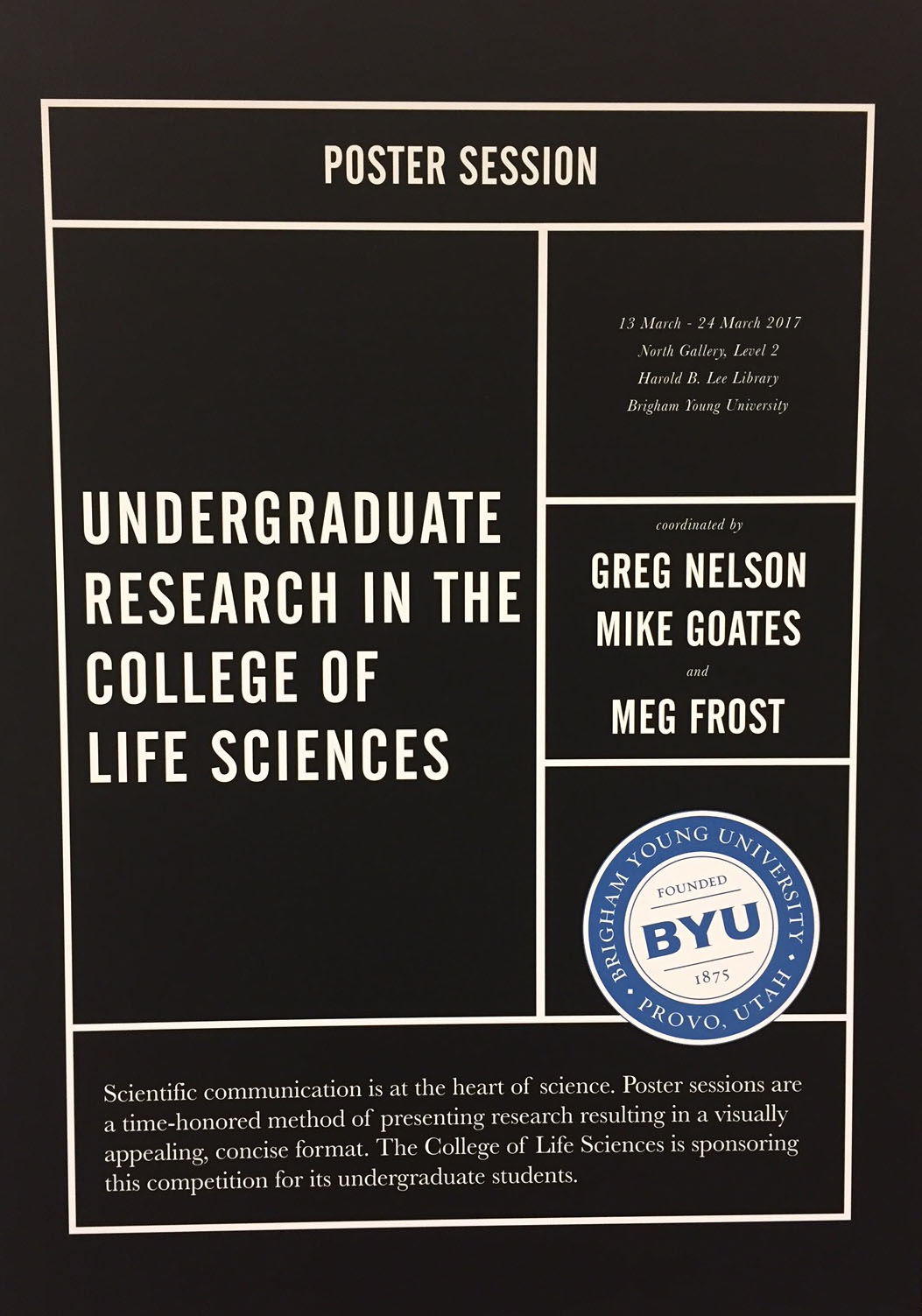
Title
Oxidation State of SNAP-25 and Formation of Adducts
Files
Keywords
Circular Dichroism Spectroscopy, Protein Structure, Oxidation, Mass Spectrometry, SNARE Proteins
Abstract
SNARE proteins drive neuronal exocytosis by forming a 4-helix coiled-coil. This mechanism requires SNARE proteins to undergo a disordered-to-ordered state transition. SNAP-25 is unique among the SNARE proteins because it contributes two alpha helices to the 4-helix bundle, compared to Synaptobrevin and Syntaxin which only contribute one alpha helix each. Furthermore, neurons express SNAP-25 in two different isoforms, SNAP-25A and SNAP-25B, depending on the brain region and the developmental stage of the neuron, but the benefit of having two isoforms is unknown. A key difference between these two isoforms is in the location of the four cysteines in the cysteine-rich region of the linker connecting the two SNARE domains. We hypothesize that cysteine location and redox state combine to alter the structure (and function) of each protein. Using circular dichroism (CD) spectroscopy, we observe structural similarities and differences between SNAP-25A and SNAP-25B. Using mass spectrometry, we demonstrate that sulfur containing reducing agents form adducts with the cysteines. Through CD spectroscopy, we show differences in protein folding with temperature, oxidation state, and presence of adducts on SNAP-25. By understanding how oxidation affects protein folding, we hope to better understand differences between the two isoforms of SNAP-25 and how
Loading...
BYU ScholarsArchive Citation
Sumsion, Jarom S.; Shumway, Samuel W.; Chambers, Tasha M.; and Woodbury, Dixon J., "Oxidation State of SNAP-25 and Formation of Adducts" (2023). Library/Life Sciences Undergraduate Poster Competition 2023. 24.
https://scholarsarchive.byu.edu/library_studentposters_2023/24
Document Type
Video
Publication Date
2023-03-01
Language
English
College
Life Sciences
Department
Cell Biology and Physiology
Copyright Use Information
https://lib.byu.edu/about/copyright/


